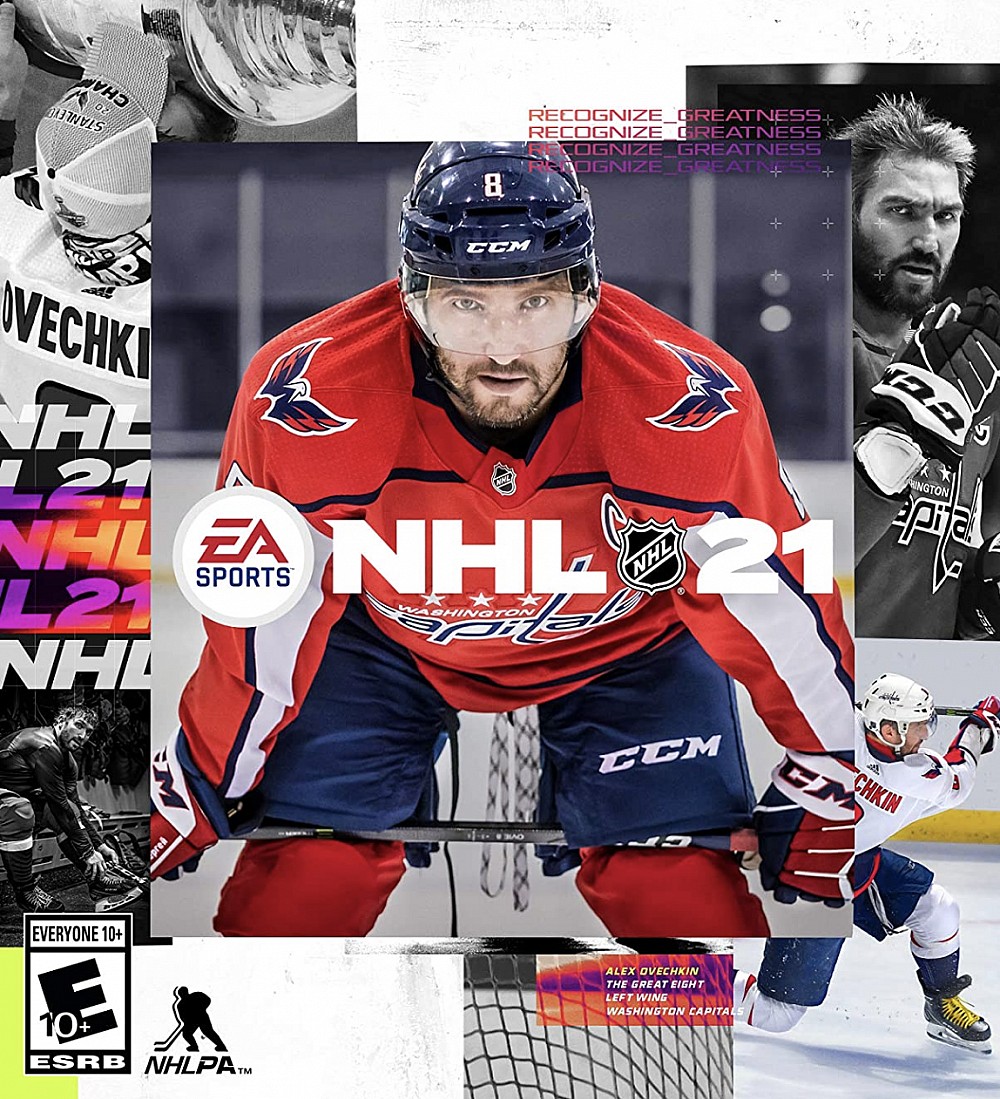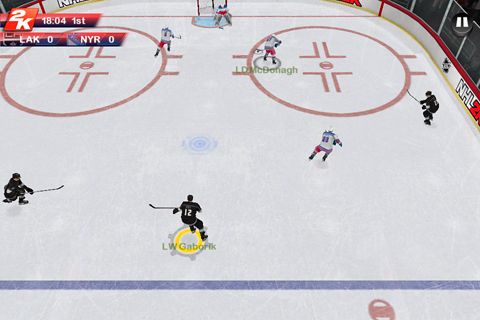
From there, I whip the puck behind the net, make a basic pass back to the point, or send a pass across the rink to a streaking teammate. I can break into the zone the same way pretty much every time by either hustling down the sideboards or cutting into the middle of the ice. It was still usually in my best interest to break into the zone and then make that critical pass or two before taking a shot – it’s not like I can’t set up in the zone and cycle the puck, but there’s no excitement to it. However, smoother breakouts and improved forechecking to try to prevent those breakouts doesn’t excuse the chaos that reigns when you try to create after establishing yourself inside the blue line.

This applies to my own breakouts and teammates as well, and was especially noticeable in Be A Pro games where I was only controlling one player and had to rely more on my AI teammates to feed me the puck in stride. I can usually see clear organization here as the AI tries to create proper passing lanes and outlets to sustain an attack. There are not as many instances where the CPU will fail while attacking you and just idle around the red line, creating odd stalemates that kill the flow of action and just look unrealistic. Now, I will say that the rush – the strength of the series on offense – is even better this year. NHL hockey is a fast sport – and really only getting faster – but there’s an organization to that speed that doesn’t really exist in NHL 21 in most ways.


As a fan of hockey, I understand there is more to the sport than the rush, but in NHL 21 it still feels mostly like I’m playing end-to-end hockey while taking turns with my opponent busting into the offensive zone. This starts with the general flow of most every game in NHL 21. But the bigger problems here are still the ones we’ve been complaining about since the series transitioned to the PlayStation 4 and Xbox One with NHL 15.


 0 kommentar(er)
0 kommentar(er)
